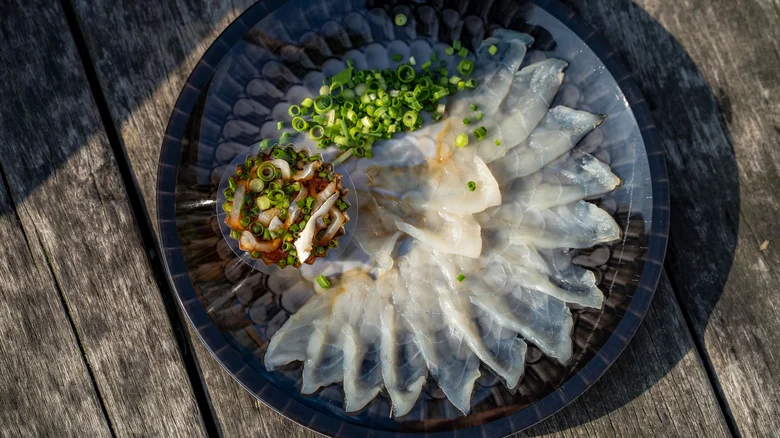Understanding Fugu: A Delicate Japanese Delicacy
Fugu, a traditional Japanese dish made from the puffer fish, is renowned for its unique taste and the thrill it presents to diners. This extraordinary delicacy is not merely about flavor; it also embodies high levels of danger due to the potent toxins present in specific parts of the fish, namely the ovaries and liver. If improperly prepared, these toxins can cause serious illness or even death, making fugu one of the most meticulously regulated dishes in Japan.

The Risks of Preparation and Consumption
In the culinary world, specializing in fugu requires years of training and certification. Only experienced chefs are permitted to prepare this hazardous dish, due to the extreme risk it entails. Each year, Japan reports a handful of fugu-related fatalities, primarily arising from individuals who attempt to catch and prepare the fish on their own without proper training. Moreover, the FDA in the United States warns that restaurants and fish markets must source puffer fish exclusively from reputable suppliers to mitigate the risks associated with consumption.
The Exorbitant Luxury of Fugu
Despite its perilous nature, the allure of fugu continues to captivate adventurous eaters. The combination of rarity, delicacy, and risk elevates fugu to the status of an extravagant luxury. Diners often seek the thrill and a unique dining experience in consuming this dish, which is typically served sashimi-style. However, the potential for poisonings, especially from consuming the reproductive organs, serves as a stark reminder of the importance of seeking out only licensed chefs when indulging in fugu.
